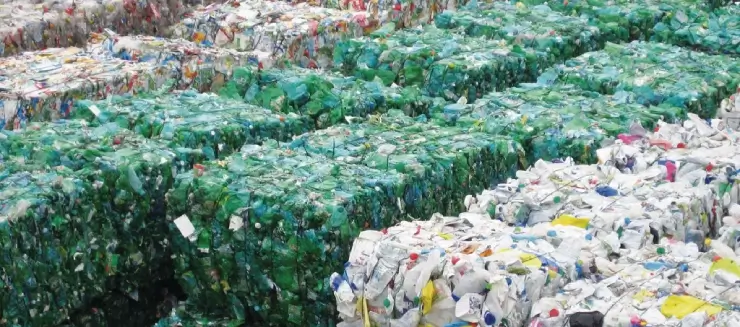Securing Carbon Credits for Alternate Waste Management Processes

Tanya Singh
- Published on September 20, 2024
Monk Spaces conducted an in-depth quantification of potential carbon credits for two waste management technology companies. One company has developed a decentralized incineration system for hazardous waste. At the same time, the other offers an advanced biological treatment process for organic waste. Both technologies present significant opportunities for reducing greenhouse gas emissions compared to typical landfilling practices. The assessments focused on quantifying the potential carbon credits and associated revenue generation for their respective waste treatment systems.
This process involved working within the framework established by Verra, a leading carbon credit certification organization. Verra utilizes specific methodologies to evaluate and quantify emissions reductions in various project types. For these projects, the ACM0022 methodology was applied. ACM0022 is a large-scale consolidated methodology developed by the Clean Development Mechanism (CDM) and accepted by Verra for quantifying emissions reductions in waste management projects. This methodology provides a robust framework for estimating carbon credit generation.
Monk Spaces developed comprehensive modelling tools based on the ACM0022 methodology to determine carbon credits’ feasibility and potential volume. These tools assess baseline emissions and project future emissions for both technologies. The feasibility analyses involved several key steps: defining project boundaries, identifying baseline emissions, quantifying project emissions, and estimating Verified Carbon Units (VCUs). This process required meticulous data collection, analysis, and reporting under the methodology’s requirements. The resulting models enable the companies to offer precise estimates of carbon credit generation to prospective customers, adding a valuable dimension to their product offerings.
The findings of the quantification study were compiled into an Excel sheet and a detailed report. This report estimates the potential revenue that can be generated from the project. It is based on the likely selling prices of the carbon credits while strictly adhering to the quantification requirements outlined in the ACM0022 methodology. The benefits of this carbon credit quantification study include:
- A clear understanding of the emission reduction potential for each waste management technology.
- Accurate financial projections based on potential carbon credit revenue.
- Enhanced value proposition of these technologies to potential customers.
- Support for corporate sustainability strategies with quantifiable environmental benefits.
These collaborations have empowered these innovative waste disposal systems. It positions the technologies as efficient waste treatment solutions and critical components in corporate sustainability strategies. By bridging environmental stewardship with tangible economic benefits, it fosters both ecological responsibility and business growth.



